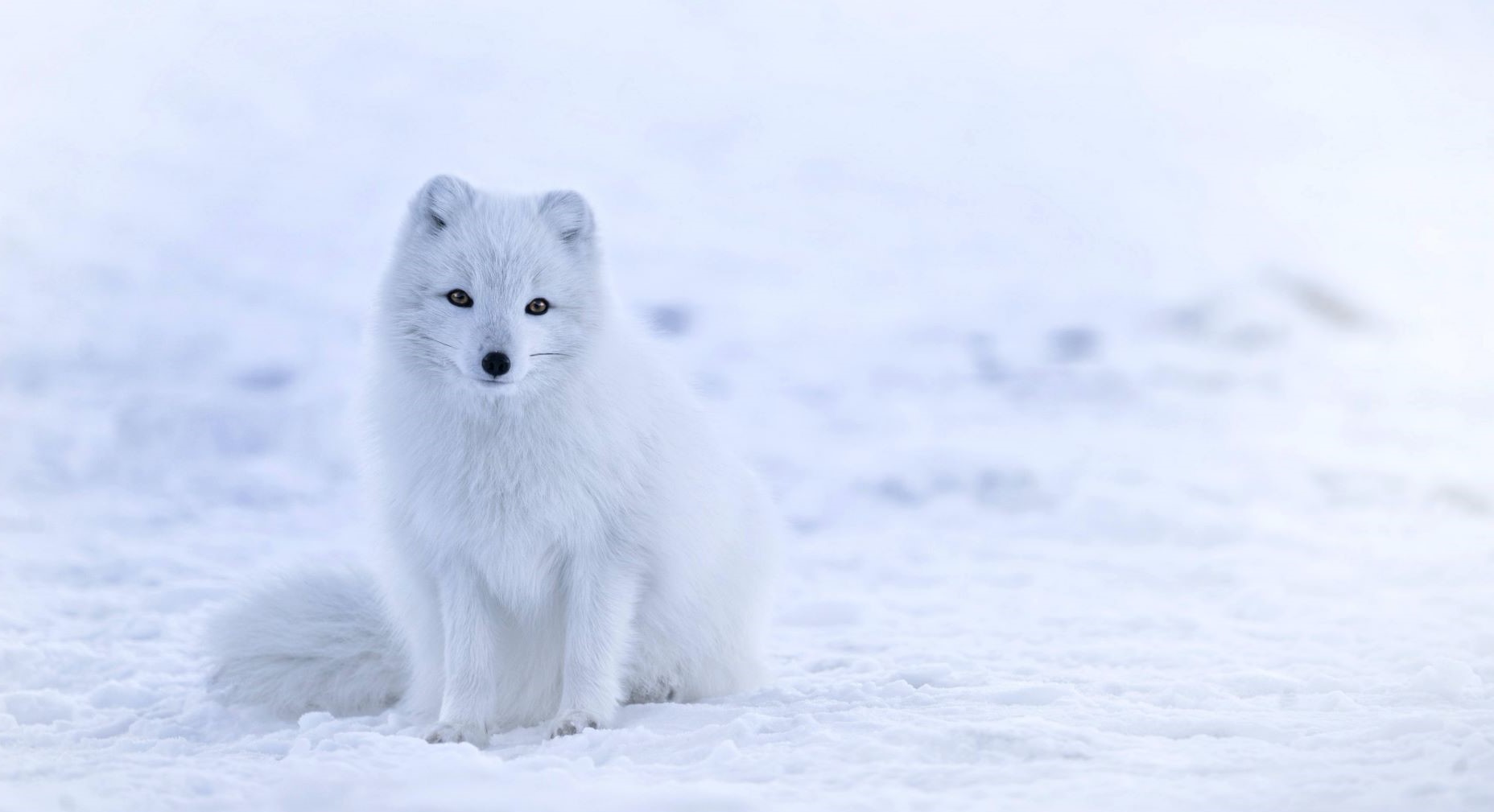Arctic Tundra going green

A study led by a team of scientists from the Northern Arizona University in Flagstaff discovered by analysing high-resolution satellite imagery, that 37.3% of the Arctic Tundra grew significantly greener between 1985-2016.
The changing Arctic Tundra
A Tundra biome is commonly portrayed as having a permanently frozen subsoil known as the permafrost, little precipitation and low biotic diversity. It is the coldest of all biomes and lack of trees are a key characteristic of these frozen lands. With temperatures between -34° C in winter and 3-12° C during summer, the Arctic Tundra lies in the Northern Hemisphere and is home to a variety of animals such as Arctic foxes, polar bears or musk oxes.
Since polar regions are the first areas to be affected by climate change as they warm faster than any other areas, it is no surprise that the Arctic Tundra is one of the most rapidly changing habitats on Earth, thus rendering the existing fauna and flora especially vulnerable in the face of environmental stresses fuelled by climate instabilities. As an example, the already sensitive Arctic foxes, whose most prevalent threat is the shortage of prey, have to also compete for food and territory with the red foxes which are now able to move further north. The resulting long-term effects on these Arctic mammals is unknown.
In addition to the fauna and flora impacts, the rapid warming of these territories can bring fundamental ramifications to climate feedbacks, as well as to human communities.
Vegetation from space
Since the 1980s, earth-observing satellites have been used to infer improvements in tundra greenness, but traditionally, pan-Arctic evaluations have focused on coarse spatial resolution satellite data sets that show substantial differences over time. A metric of tundra greenness that can be extracted from satellite observations is given by the Normalised Difference Vegetation Index (NDVI) and is generally related to the productivity of tundra plants and biomass above ground.
To assess the ecological changes over the entire Arctic Tundra biome between 1985 and 2016, the Northern Arizona University scientific team has used over 112 million Landsat multi-band surface reflectance measurements. Explicitly, in order to evaluate the vegetation change, annual estimates of maximum summer NDVI for the entire time period have been generated, while taking under consideration any sources of uncertainty and accounting for systematic differences encountered between the Landsat 5, 7 and 8 imagery.
The results show that in the three decades, around 37.3% of the 50,000 randomly selected territories witnessed greening, while around 4.7% of the sites showed signs of browning. Additionally, graminoid, shrub, and ecosystem productivity assessed at field sites was positively associated with Tundra greenness. Interestingly enough, satellite observations not only allow researchers to identify the changes, but also identify what is actually driving the shifts, thus the widespread higher growth of plants was directly correlated with increasing summer air temperatures, annual soil temperatures, and summer soil moisture. Furthermore, the assessment highlights that the highest latitudes have undergone the most severe changes in terms of greening since the turn of the century.
References
1. Berkeley University UC Museum of Palaeontology n.d. The Tundra Biome. [online] Available at: https://ucmp.berkeley.edu/exhibits/biomes/tundra.php [Accessed 23 September 2020].
2. Berner, L. et al., 2020. Summer warming explains widespread but not uniform greening in the Arctic tundra biome. Nature Communications, 11(1).
3. Nature.com. 2020. A Frozen Land Goes Green As Earth Warms. [online] Available at: https://www.nature.com/articles/d41586-020-02689-4 [Accessed 23 September 2020].
4. Nunez, C., 2019. Explore The World’s Tundra. [online] National Geographic. Available at: https://www.nationalgeographic.com/environment/habitats/tundra-biome/ [Accessed 23 September 2020].
5. ScienceDaily. 2020. Warming Temperatures Are Driving Arctic Greening. [online] Available at: https://www.sciencedaily.com/releases/2020/09/200922135742.htm [Accessed23 September 2020].



